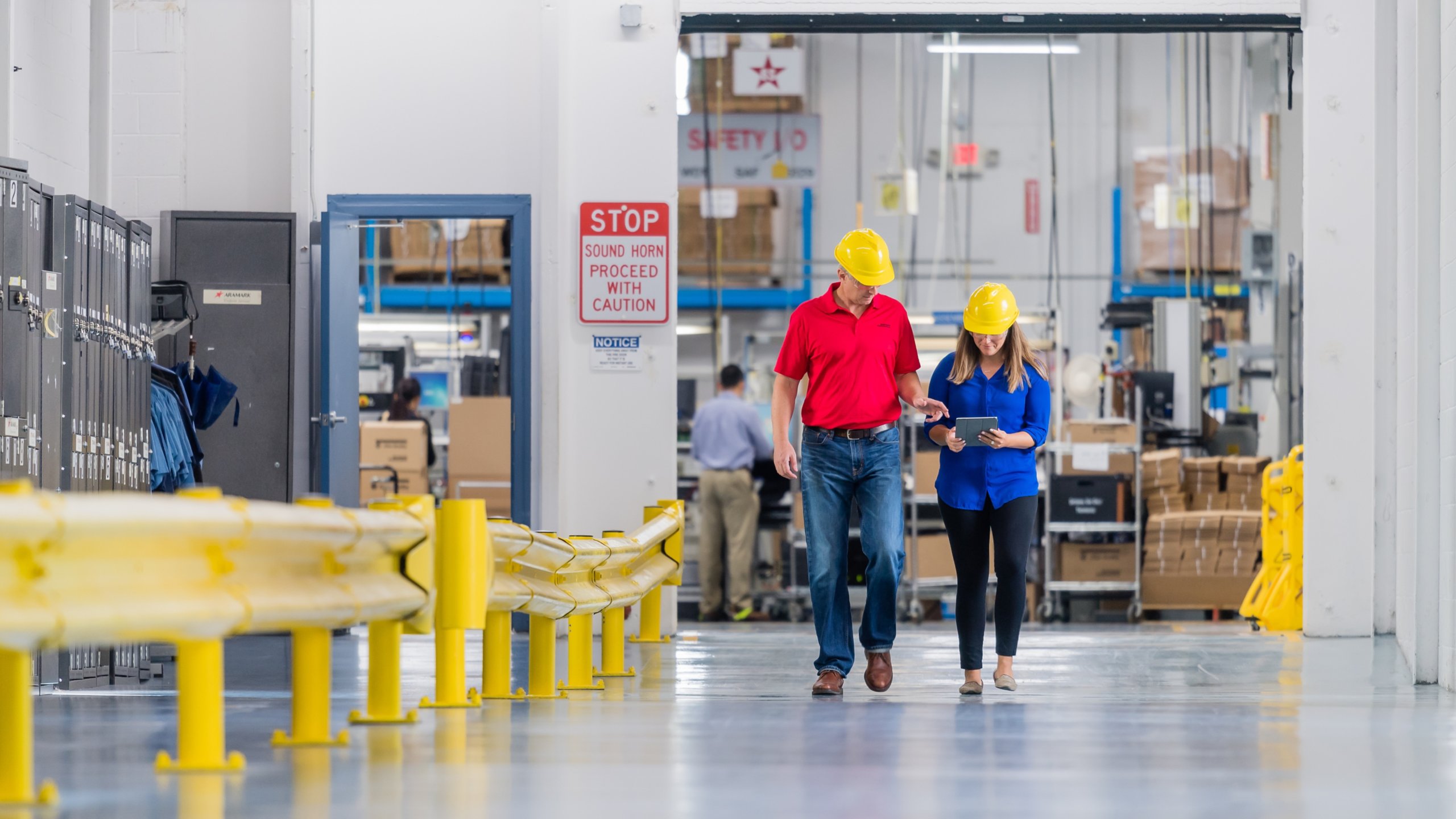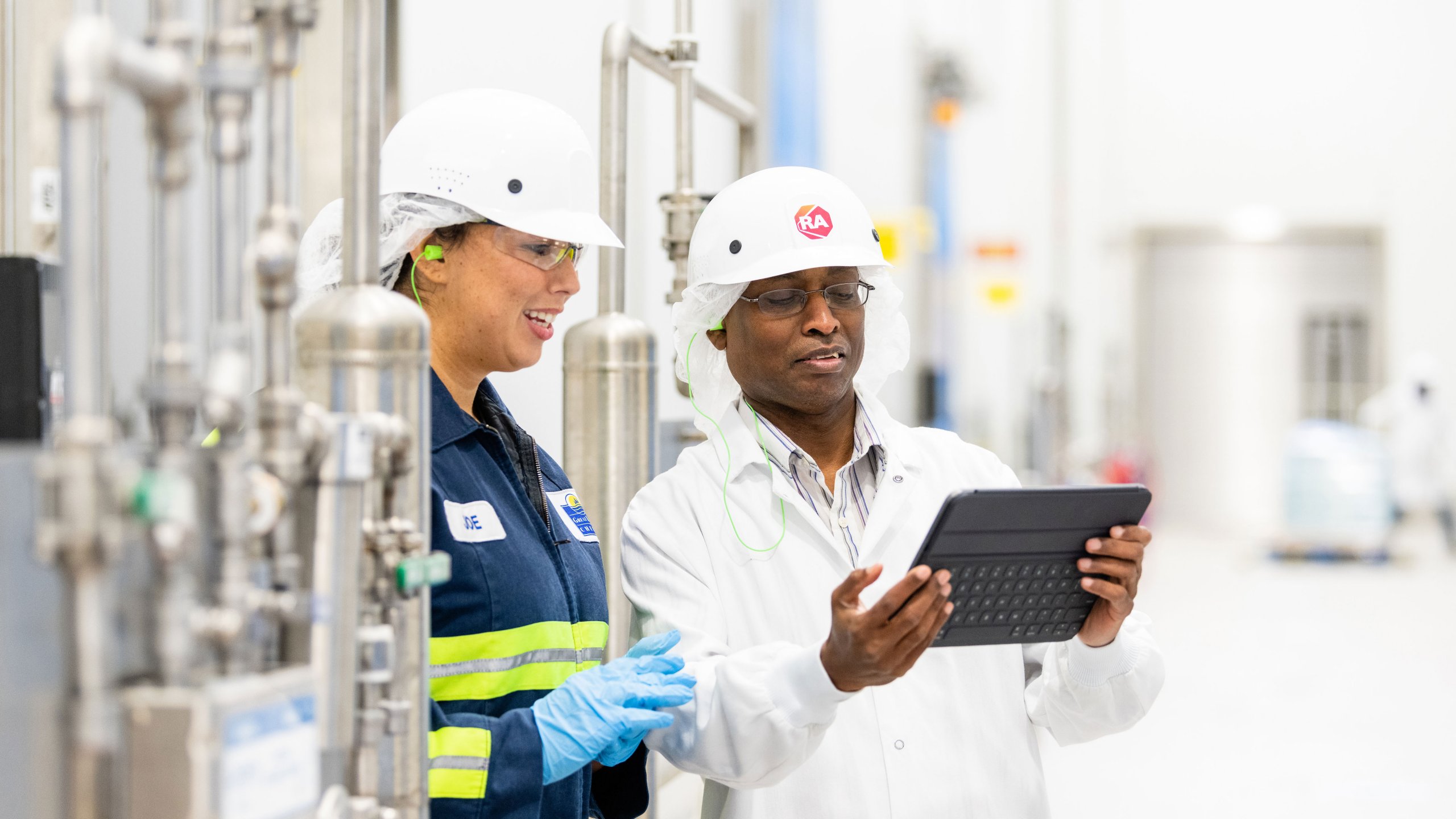The past 18 months has seen an enormous acceleration in the adoption of remote services, commonly through the use of IoT, AR and remote collaboration technologies. While some capabilities had already been in place across many manufacturing environments prior to the pandemic, such as the remote monitoring of equipment, the unforeseen restrictions brought greater urgency for connected operations and provided the necessary push to embrace modern solutions.
In effect, the pandemic has served as the ideal pilot programme for remote services, highlighting the varied use cases and providing evidence that they work in real-life situations. Due to the barriers still in place, such as the number of people allowed on site or onto the shop floor, finding ways to maintain productivity is crucial, meaning collaboration through remote technologies offers an effective solution.
While companies are seeing productivity gains from using digital technologies to optimise current working conditions, the priority now is to find advantages for using remote services as a driver for lasting change, not just as a stopgap until normality returns.



